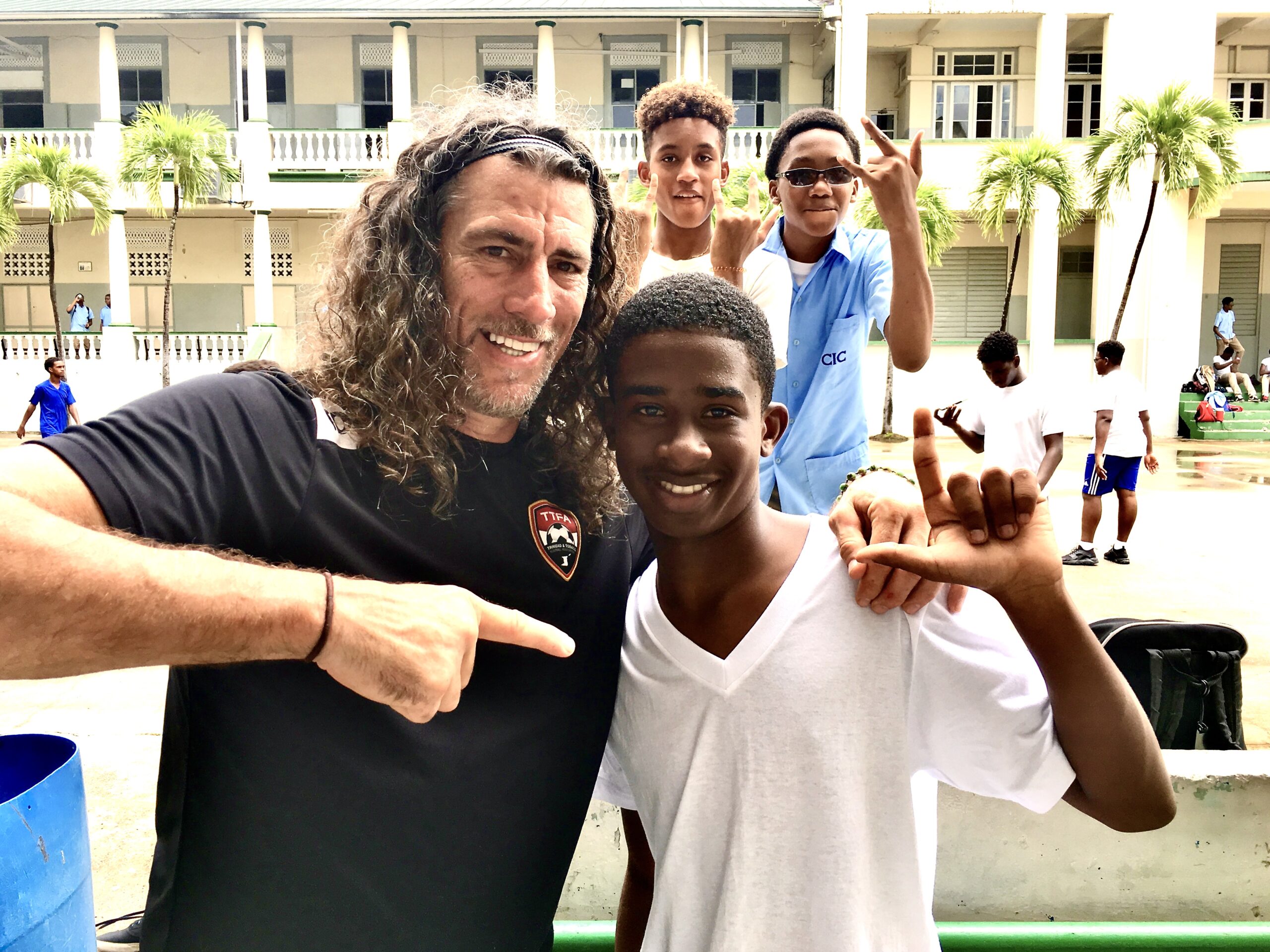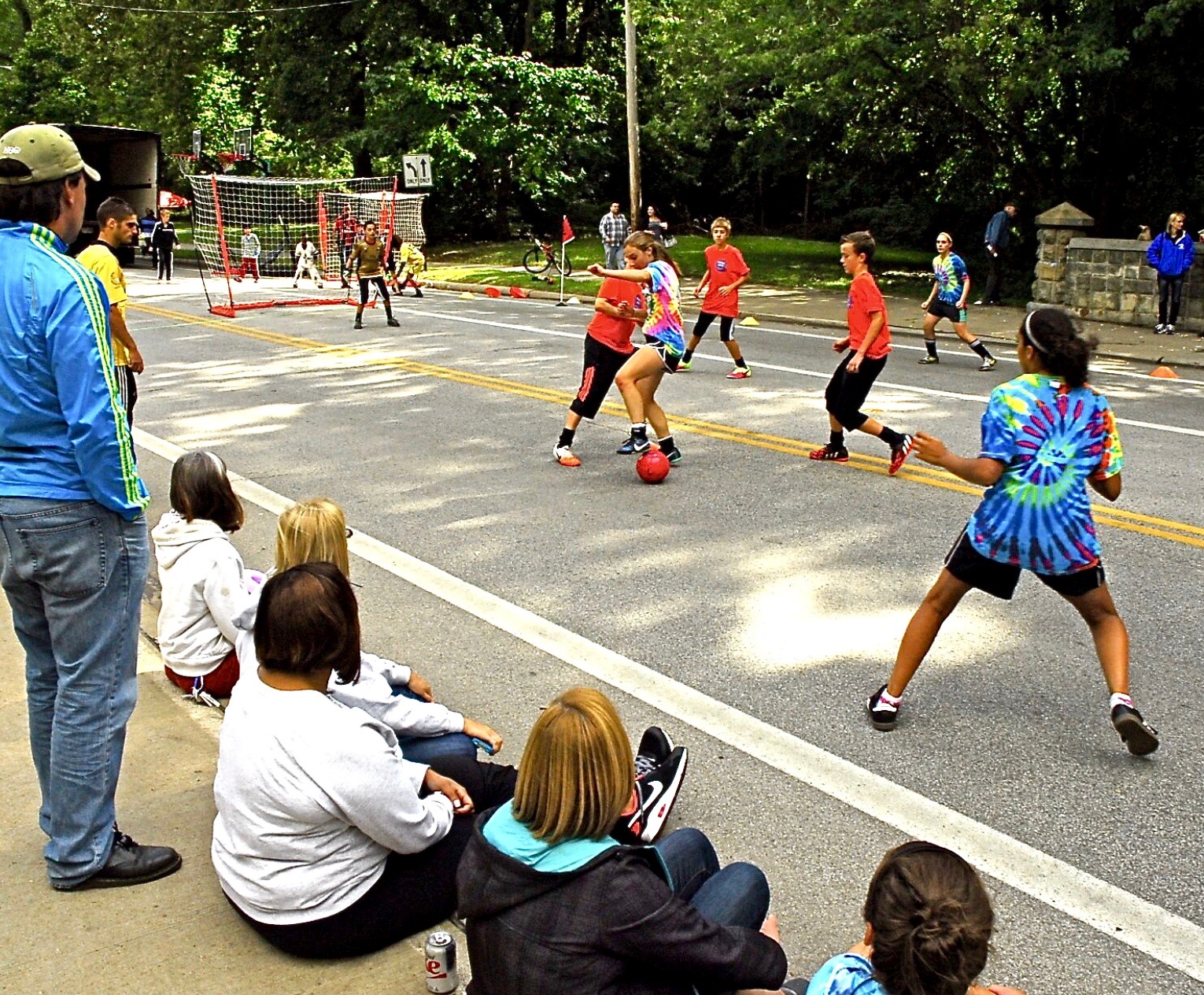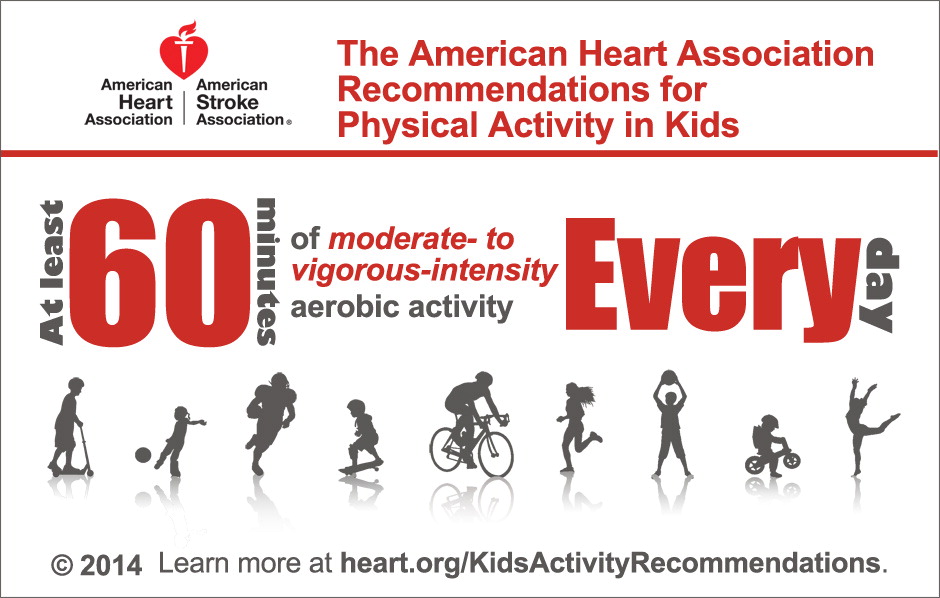Since 2009, the HandsOnSports Foundation has made it their mission to provide positive environments, education, and opportunity for at-risk youth through the global sport of soccer.
The HandsOnSports Foundation was founded by Otto Orf, a retired professional soccer player of 21 years who played the last 17 years with the Cleveland Crunch/Force. He was the goalkeeper for seven years with the United States Men’s National Futsal Team. Otto has an Urban Soccer Coaching certificate and is an assistant coach for the U.S. Mens Futsal National Team.
For the past 32 years, Otto has run his own small business, HandsOnSoccer, providing soccer and futsal instruction and programming for boys and girls of all ages and abilities. During this tenure Otto noticed the difficulties some families have securing the resources to put their child in a sport. Thus, the HandsOnSports Foundation was created to help provide more opportunities for youth to learn, play, and grow through the international sport of soccer.
The vision includes providing equipment, creating play spaces, and delivering instruction and financial support for youth in communities where opportunities are limited.

Since then we shipped more than $200,000 in value to relief efforts in Puerto Rico after the hurricane in 2017, provided supplies to the farmers in Nebraska for the Mississippi flood relief efforts in 2018. When the COVID19 breakout began in 2020 HOSF switched gears once again and began to provide essential PPE and other supplies to more than 40 free clinics within the state of Ohio. We continue to provide donations to these organizations which include homeless shelters, battered women’s shelters, veterans services, youth medical and dental clinics and various other clinics that find the supplies valuable to the constituents that they serve.
In 2021 we began collaborating with other not for profits by contributing medical supplies and soccer equipment and shipping full cargo containers to aid in the relief and humanitarian efforts in Liberia and Ghana.
Since the breakout of war in Ukraine in early 2022 we have collaborated with multiple entities and have contributed more than $1,000,000 worth of donated supplies to the relief efforts there.
Most recently working with the National Futsal Development Program, HandsOnSports is supporting young athletes who have the talent and drive but lack the financial resources to participate in the training and international experiences.
VISION
The HandsOnSports Foundation has a vision that every child deserves the opportunity to play a sport they enjoy.
MISSION
Our mission is to improve a child’s quality of life by providing instruction, equipment and access to sports.
VALUES
- Diversity
- Positive Attitudes
- Work Ethic & the Importance of Practice
- Health & Wellness
- Teamwork
- Respect
- Accountability for Your Actions
- Discipline

Board Officers
Otto Orf, Executive Director & Founder
Mary Ellen Roddy: Board President
Terry Nedelka: Board Vice President
Trevor Thoma: Treasurer
Staff Support
Erica L. Bailey, CWG Digital – Marketing & Business Development
Ascend Advisors, Inc.
Creative Business Strategies
Advisory Board Members
Rob Robinson – Owner of Hardware Components
Dr. Taras Mahlay, Internal Medicine at University Hospitals
Sharon Dietrick, Halo Foundation
Nicholas DiCello – Partner, Spangenberg Shibley & Liber LLP
Gary Cerasi – Certified Public Accountant
Brad McElhone – Co-chair Annual Charity Golf Classic
Mark Lyberger – Prof. of Marketing & Sports Management, Kent State University
Enzo Maddalena – Owner, Cleveland Masters of Disaster
Juan Gamero – Director of Rehabilitation, Danbury Senior Living
Constantine Konstin – FIFA and CONCACAF Futsal Instructor
Chris Niekamp – Niekamp, Weisensell, Mutersbaugh & Mastrantonio LLP
Kelly O’Keefe – LexisNexis and JK Consulting
Sam Pines – Station Manager, WKNR ESPN Radio
The value of sports for children is measured by many organizations across the country, see the interesting facts about our children below:
- According to the Let’s Move Campaign website, “over the past three decades, childhood obesity rates in America have tripled, and today, nearly one in three children in America are overweight or obese.”
- The No. 1 reason that kids drop out of sports is because it’s no longer “fun,” says the new study from the Milken Institute School of Public Health at George Washington University in Washington, D.C. The study, published in the Journal of Physical Activity & Health, honed in on the factors that made organized sports fun for kids — findings that could help combat the rising risks of childhood obesity.
- The study found that there were 81 “fun” factors, which ranged from sportsmanship, to team rituals to “swag” (aka medals or cool jerseys). The top rated factors weren’t winning or getting medals as you would expect — but being a good sport, trying hard and positive coaching.
“If our goal is to keep kids as physically active for as long as possible, we’re looking at organized sport as this solution to a public health crisis,” said Amanda Visek, author of the study and an associate professor of exercise science at George Washington University.
Children who are active will:
- have stronger muscles and bones.
- have a leaner body because exercise helps control body fat.
- be less likely to become overweight.
- decrease the risk of developing type 2 diabetes.
- possibly lower blood pressure and blood cholesterol levels.
- have a better outlook on life.
- Besides enjoying the health benefits of regular exercise, kids who are physically fit sleep better and are better able to handle physical and emotional challenges — from running to catch a bus to studying for a test.
- Thirty years ago, kids ate just one snack a day, whereas nowthey are trending toward three snacks, resulting in an additional 200 calories a day. And, one in five school-age children has up to six snacks a day. Portion sizes have also exploded- they are now two to five times bigger than they were in years past.
- Beverage portions have grown as well. In the mid1970s, the average sugar-sweetened beverage was 13.6 ounces compared to today when kids think nothing of drinking 20 ounces of sugar-sweetened beverages at a time.”[1]

